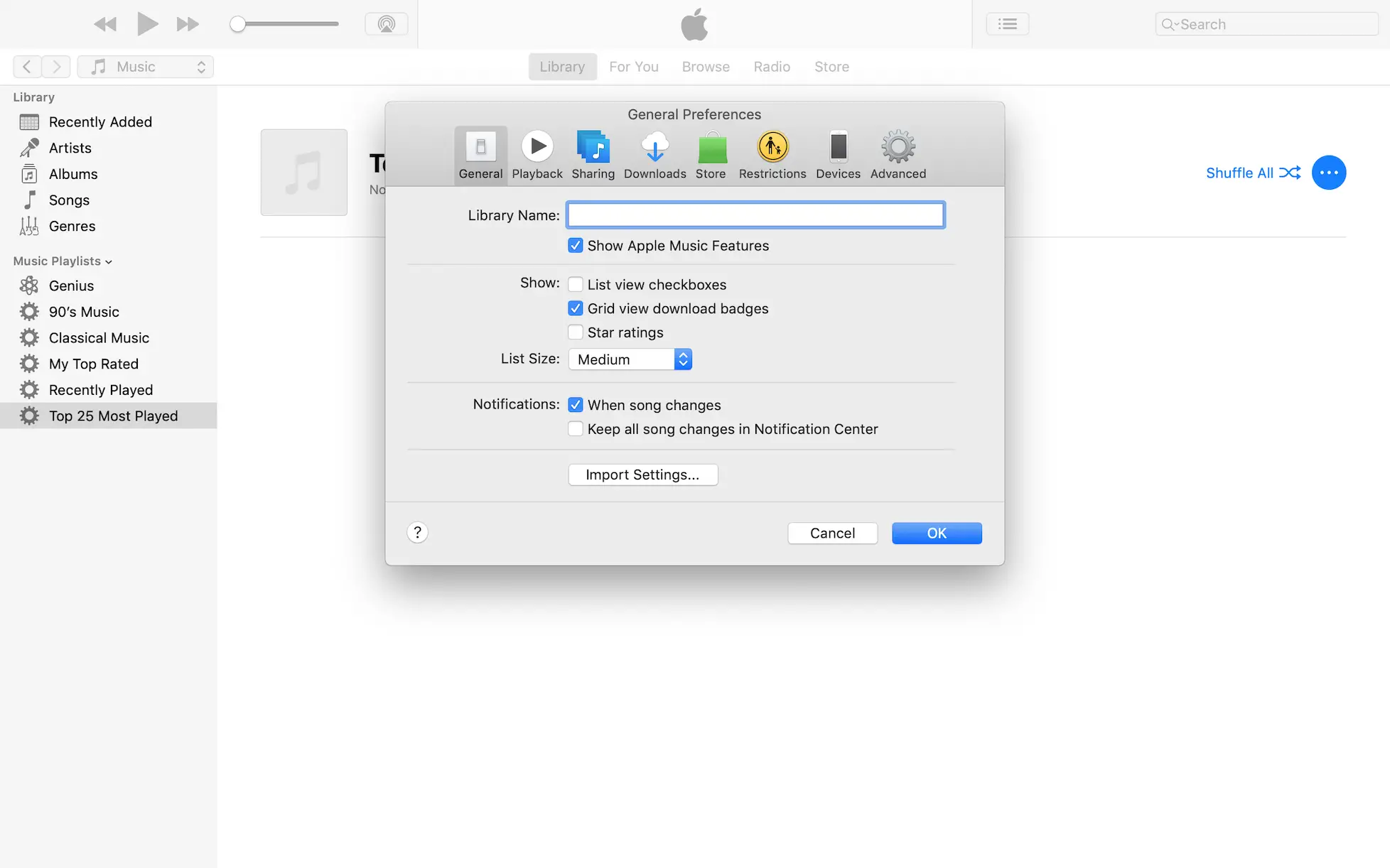

And the file size is still much smaller than WAV. Like we said, WAV files tend to get quite large and unwieldy for sharing between users, so since most users are using run-off-the-mill earbuds and devices with all-purpose digital to analogue sound converters, it only makes sense to distribute in MP3.Īnd again, MP3 files can sound pretty amazing, if the quality is high enough. Note that to hear all the audio nuances one needs advanced equipment to reproduce the recorded sound, not just the high fidelity WAVs.

The thing is, WAVs are great for editing music and podcasts – these are the times when you want to keep as high quality, incredibly detailed sound as possible and tweak and edit everything to sound impeccably. And since high quality MP3 files allow devices to reproduce tracks that sound very good, it only makes sense to downsize. This makes MP3 way more compact in size, which means it’s more suitable for wide distribution and casual listening. You see, WAV is an uncompressed file format, while MP3 is compressed. What is WAV and MP3, and what’s the difference?īoth WAV and MP3 are file formats for music and audio, so what makes them so different that you’d want to convert? It’s mostly about file size. Luckily, we have just the tools for you.īut first, let’s look at the key differences between these file formats and why they matter. mp3 extension in your files and call it a day, you need a WAV to MP3 converter. Plus, what do you do if you want to share the file and a player or online platform only works with MP3? Well, you convert WAV to MP3, of course.Īs you might’ve already figured out, you can’t just change.

If you are creating your own music, podcasts, or just have a collection of music in the WAV format, you are probably familiar with one notable drawback of this file format – the audio files are pretty much gargantuan. Permute quickly converts files in a required format.


 0 kommentar(er)
0 kommentar(er)
